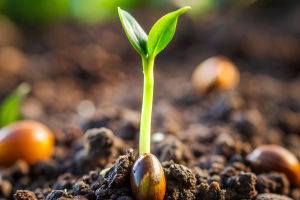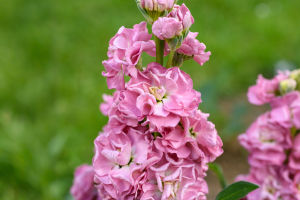Welcome to the World of Climbing Plants
Hello plant enthusiasts! Have you ever marveled at how vines and climbing plants effortlessly scale walls, trees, or rocks? These "fitness experts" of the plant world use amazing strength and clever tricks to reach sunlight and survive.
Today, we'll explore the fascinating growth strategies of climbing plants and how they adapt to their environment with remarkable agility and resilience. Ready to climb into their world?
What Makes Climbing Plants Special?
Unlike sturdy trees, climbing plants have slender stems that cannot support themselves upright. Instead, they rely on external structures—trees, rocks, or man-made surfaces—to climb upward. This growth strategy allows them to save energy on thick trunks and focus on rapid vertical growth to capture sunlight. Their stems develop specialized organs such as tendrils, hooks, aerial roots, or adhesive pads that help them attach firmly to supports. This unique ability to cling and climb makes them masters of spatial use in crowded environments.
The Role of Tendrils and Specialized Structures
Tendrils are thin, spiraling organs that wrap around supports like natural ropes. When a tendril senses contact, it coils tightly, securing the plant's grip. Some climbing plants develop hooks or spines that latch onto rough surfaces, while others produce sticky pads that act like suction cups. For example, ivy uses tiny rootlets to cling to walls, and grapevines use tendrils to twine around trellises. These adaptations not only provide physical support but also protect the plant from falling or damage during wind or rain.
Energy and Water Transport in Climbing Plants
Climbing plants invest most of their energy in growing long, flexible stems that can reach sunlight. Their root systems anchor firmly in the soil to absorb water and nutrients, which are transported efficiently through the stem to support rapid growth. Some species store water in swollen root or stem parts to survive dry periods. When a climbing stem is damaged, certain plants emit protective chemicals or change color to deter herbivores and buy time for recovery. This resilience helps them persist in challenging environments.
Ecological Impact and Benefits
Climbing plants contribute greatly to ecosystem diversity. They connect different layers of forests by linking tree canopies and understory plants, creating habitats and pathways for animals and insects. Their flowers and fruits provide food for pollinators and wildlife. In urban settings, vines can shade buildings, reduce heat, and improve air quality. Understanding their growth habits helps gardeners and ecologists use climbing plants effectively for both beauty and environmental health.
Observing and Caring for Climbing Plants
To help climbing plants thrive, we recommend providing sturdy supports like trellises, fences, or stakes. Regular pruning encourages healthy growth and prevents overcrowding. Watching how tendrils or roots attach can guide you in training the plant's direction. Most climbers prefer well-drained soil and adequate sunlight, but some tolerate shade. Keeping an eye on moisture and pests ensures they stay vigorous and beautiful.
Let's Celebrate Nature's Climbers!
Climbing plants teach us about strength, flexibility, and adaptation. Their ability to twist, turn, and hold on inspires us to face challenges with resilience. Have you grown any climbing plants or noticed their clever strategies in nature? Share your stories and tips with us! Together, let's appreciate these remarkable "fitness masters" of the plant kingdom and learn from their amazing survival skills.
With care and curiosity, we can enjoy the beauty and wonder of climbing plants in our gardens and beyond. Happy climbing!


